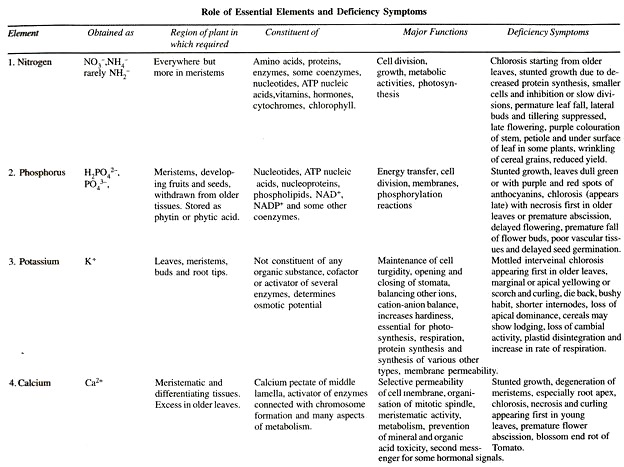There are three groups of photosynthetic bacteria: cyanobacteria, purple bacteria, and green bacteria. The cyanobacteria differ most fundamentally from photosynthetic purple and green bacteria in being able to carry out oxygenic photosynthesis (Section 6.8); the purple bacteria and green bacteria use an-oxygenic photosynthesis carried out with bacteriochlorophylls and other accessory pigments.
Here the discussion is restricted only to purple and green bacteria.
Chloroplasts are absent in prokaryotes and the photosynthetic pigments are integrated into internal membrane systems.
These systems arise:
(1) From invaginations of the plasma membrane (purple bacteria) which may be flat sheets (lamellae; Ecothiorhodospira mobilis) or spherical-shaped vesicles (sacs; Allochromatium vinosum) in which their pigments ore inserted or
(2) In both the plasma t specialized non-unit membrane-enclosed structures called chlorosomes (green sulphur bacteria : Chlorobium) or chlorobium vesicles.
Lamellae and Sacs:
Lamellae (flat sheets) or sacs, as stated, are the photosynthetic internal membrane systems formed by the extensions of plasma membrane. They are considered to be functionally equivalent to the chloroplasts of eukaryotes. These extensions assume a variety of arrangements that are characteristics of different species (Fig. 5.18).
They may form hollow sacs (e.g., Rhodopseudomonas spheroides) or get arranged in regular parallel layers (e.g., R. palustris) or may form small regular stacks of tubular lamellae (e.g., Rhodospirillum fulvum, Thiocapsa spp.) resembling grana of chloroplasts.
Chlorosomes:
Chlorosome or chlorobium vesicle is an ellipsoidal vesicle (Fig. 5.19A) representing a giant antenna system. It is attached to the plasma membrane but is not continuous with it. Unlike the antenna of other phototrophs, bacteriochlorophyll molecules in the chlorosome are not bound to proteins and instead function much like a solid state circuit.
Chlorosome bacteriochlorophylls (bacteriochlorophyll c, d and e) absorb light and transfer energy through light harvesting bacteriochlorophyll molecules to reaction centre bacteriochlorophyll a located in the plasma membrane (Fig. 5.19B).
This arrangement is highly efficient for absorbing light at low intensities. In this regard, it has been demonstrated that green sulfur bacteria that possess chlorosomes have ability to grow at the lowest light intensities of all known photoautotrophs.

